-
Category
Craniomaxillofacial Surgery
Orthopedic Surgery
Spine Surgery
Orthopedic Implants
Hip Surgery
Knee Surgery
Pectus Excavatum
Bone Graft
Disinfectants
Healthcare
Types of Minimally Invasive Spine Surgery

Minimally invasive spine surgery involves small incisions that try to minimize the damages to the surrounding muscles. The benefits include recovering faster, reduction in the infection, and faster return to daily life and routine.
Minimally invasive spine surgery is the result of the new methods and technology in the spinal surgery field. In the process of back or spine surgery, the two adjacent joints of vertebrae are removed in order to form a single unit. This surgery has its own type of risks and might not always be a good idea. Minimally invasive spine surgery has proved to be better and more effective for the patient.
What Is Minimally Invasive Spine Surgery?
Minimally invasive spine surgery has one major goal: to stabilize the vertebral bones, as well as the spinal joints, in order to relieve the pressure applied on the nerves of the spine. Minimally invasive surgical procedures are faster and safer compared to open spine surgery, and have a shorter recovery time span. Among all surgical treatments for spinal disorders, it has benefits such as less blood loss during the surgery, lower risk of muscle damage since there is no need for cutting the muscles during the surgery, less rehabilitation and the faster recovery, and lower chances of infection and post-surgery pain. The risks in the case of minimally invasive spine surgery are unexpected loss of blood during the surgical procedure and infection in the area of the incision, no matter how small and tiny the incisions are.
Conditions Treated Using Minimally Invasive Surgical Procedures
The conditions that are treated with the help of minimally invasive spine surgery techniques, such as:
DDD or Degenerative Disk Disease
Degenerative disk disease is a condition that affects the intervertebral disks of the spine. The degenerative disk disease is seen mainly in older people, but the younger ones are also at the risk of developing the disease by time. Loss of flexibility, strength, capacity to absorb shock, and the height and weight of the individual can change and this makes disks degenerate. All these may end in getting a thorn and herniated disk.
Herniated Disk
Herniated disk, often known as slipped or ruptured disk, happens when the disc’s inner gel-like material of the intervertebral breaks through the disk’s outer tire-like layer, which is known as the nucleus pulposus. The internal matter of the disks can spread and cause inflammation and pain, and press against the nerves of the spinal cord.
Sciatica
Sciatica refers to a bunch of symptoms that arise as the sciatic nerve gets compressed. Sciatic nerve is the longest nerve on our body, running down from the lower back into the buttock and again down the back of the thigh area and below the knees. Sciatica has effects only on one side of the body and causes pain below the knees. The pain has been described by some people as electric or searing in nature.
Spinal Stenosis
Spinal stenosis is the narrowing of the nerve passages and the spinal canal. Spinal stenosis affects the neck and the lower back and is mainly seen in adults, when the bone spur compresses on a nerve or the spine. The symptoms of spinal stenosis are pain, numbness, and weakness.
Scoliosis and Spinal Deformities
These are deformities that are characterized by abnormal curves in the spine that vary in their size and shape. Curvature of the spine, which is known as lordosis or kyphosis, occurs naturally at different levels of the spinal column. To be noted, lordotic and kyphotic curves are abnormal and can affect balance and flexibility.
Spinal Tumors
It is a case where an abnormal tissue can grow and develop in the spine. Tumors can be cancerous and non-cancerous. Primary spinal tumor is a tumor that originates in the spine of the individual, and metastatic tumor is one that travels to the spinal cord from other locations.
Types of Minimally Invasive Spine Surgery
Minimally invasive spine surgery involves small incisions that try to minimize the damages to the surrounding muscles. The benefits include recovering faster, reduction in the infection, and faster return to daily life and routine. Some common types of minimally invasive spine surgeries are:
- Lumbar disk arthroplasty
- Kyphoplasty
- Resection of synovial cyst
- Spinal cord stimulator implantation
- Spinal fusion
- Spinal instrumentation

Minimally Invasive Decompression Surgery
The goal of minimally invasive decompression surgery is to stabilize the bones and the joint of the spinal cord in order to relieve the pressure on the spinal nerves. The recovery after the minimally invasive decompression surgery will depend on the fitness and the activity level of the individual before the surgery. In general, it takes about four to six weeks for the patient to recover and reach the expected level of mobility. After the surgery, there will be pain in the area of the surgery, but there is nothing to worry about as the doctors will provide pain-relief.
Minimally Invasive Stabilization Surgery
Spine invasive stabilizing surgery can be done using procedures that offer a safe and effective surgery. The surgery can be done with a small incision made on the skin, without having to cut or damage the muscles that are located around. Minimally stabilization surgery and spine decompression surgery are often performed together. The purpose is to treat a variety of spinal cord conditions that interfere with the day to day activities of the individual like waking, standing, sitting, and twisting. The process of minimally invasive spinal stabilization process has several benefits, such as, less scars, short stay in the hospitals, faster recovery period and relief from pain.

Surgical Treatment for Spine Disorders
Spinal disorder, i.e., herniated disk, spinal stenosis, scoliosis, spinal deformities, spinal trauma and spinal tumors can be cured with the help of spinal surgeries. Spine specialists use the following in order to treat the spinal disorders such as back bracing, artificial disk replacement, spinal fusion, and spinal laminectomy. Back surgery is not the first option always, unless non-surgical treatments fail. The recovery time depends on the type of surgery. Seeing the recent technology and methods, we can understand that surgical treatment for spinal disorders are effective with the help of minimally invasive surgical procedures and minimally invasive decompression procedures and their numerous benefits. Other options of minimally invasive surgeries are mini-maze, robotic assisted cardiac surgery, structural heart repairs, etc.. Minimally invasive surgeries that are performed nowadays are ear, throat and nose surgery, gynecologic surgery, kidney transplant, etc.
This article allows us to understand the difference between the traditional and modern surgeries. We came to know that the invasive methods of surgeries are better as they leave small scars, the recovery time is faster and the patients are back to their normal lifestyle faster. We hope you found the answer to your questions here.
Refrences: aans, spineuniverse
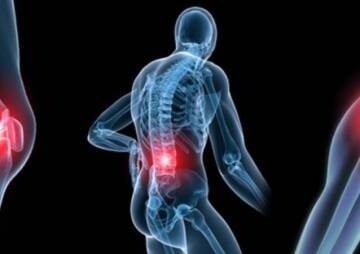
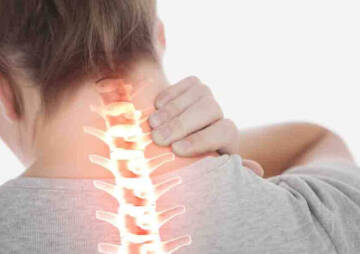
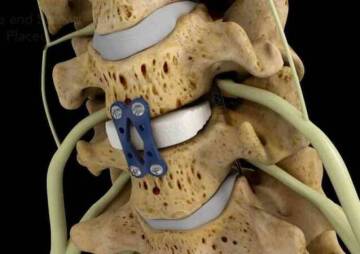

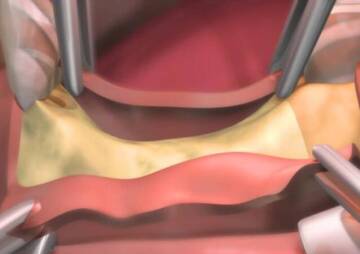
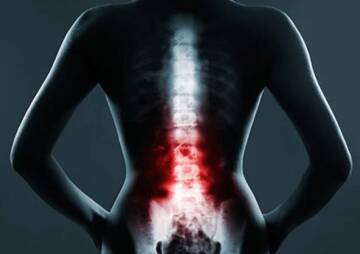

I'm glad you explained that a herniated disk can cause inflammation and pain due to how it affects our spinal cord. My husband started having symptoms like you described in his back about a month ago. I'll have to help him discuss his situation with a spine surgeon to see if minimally invasive surgery is right for him. https://www.qns.com.au/about-us